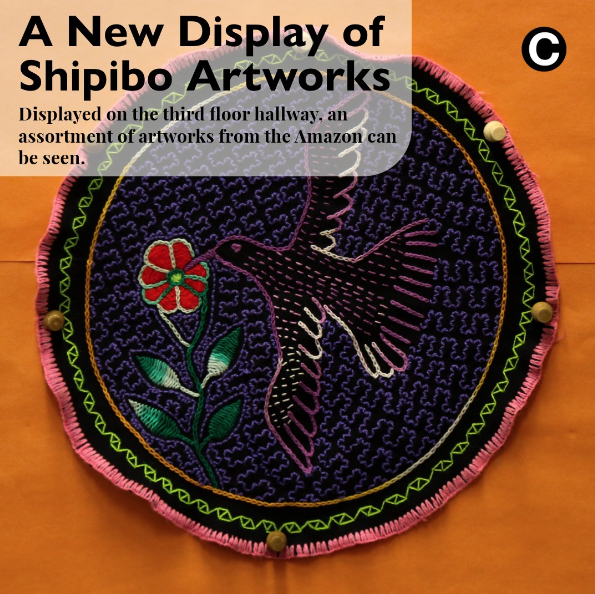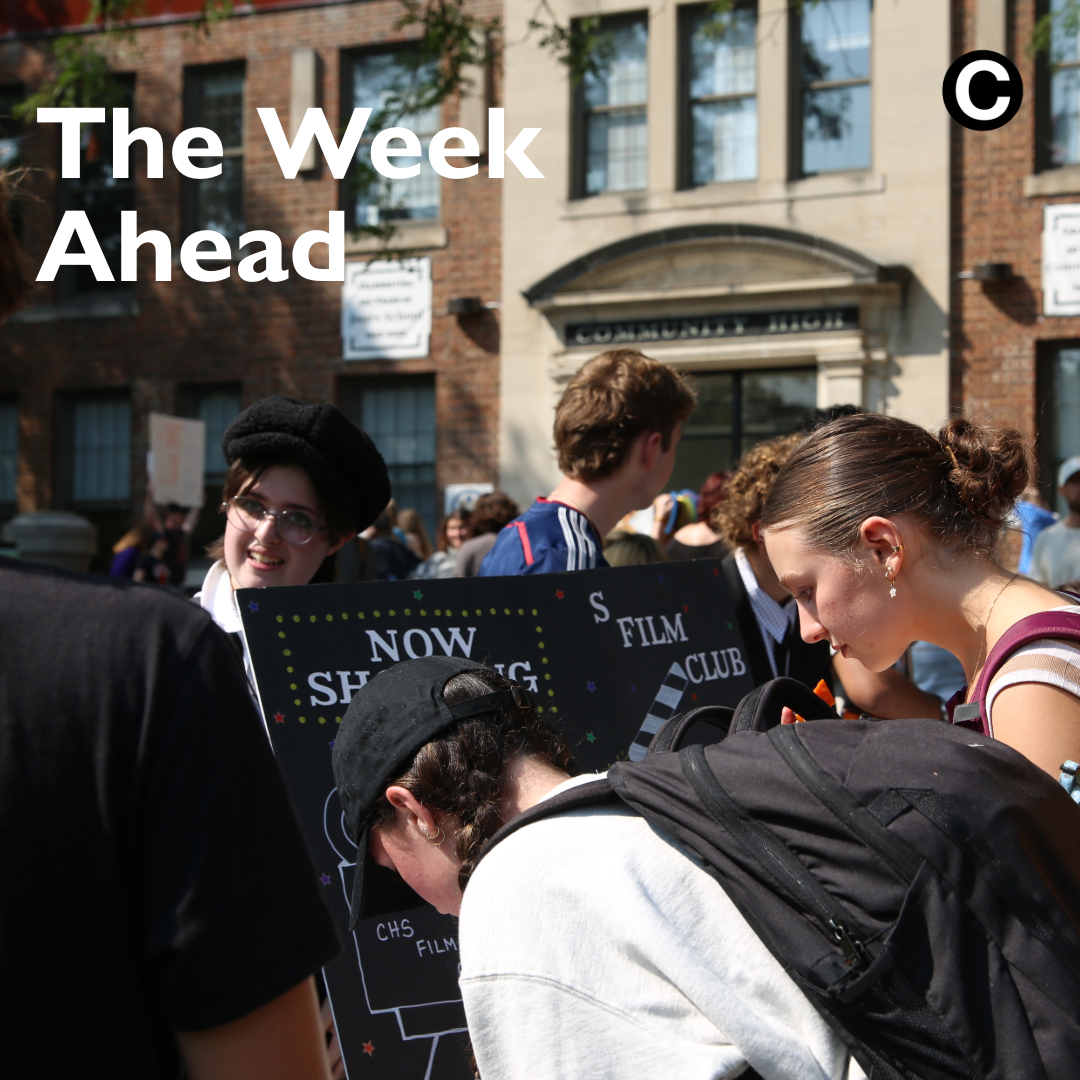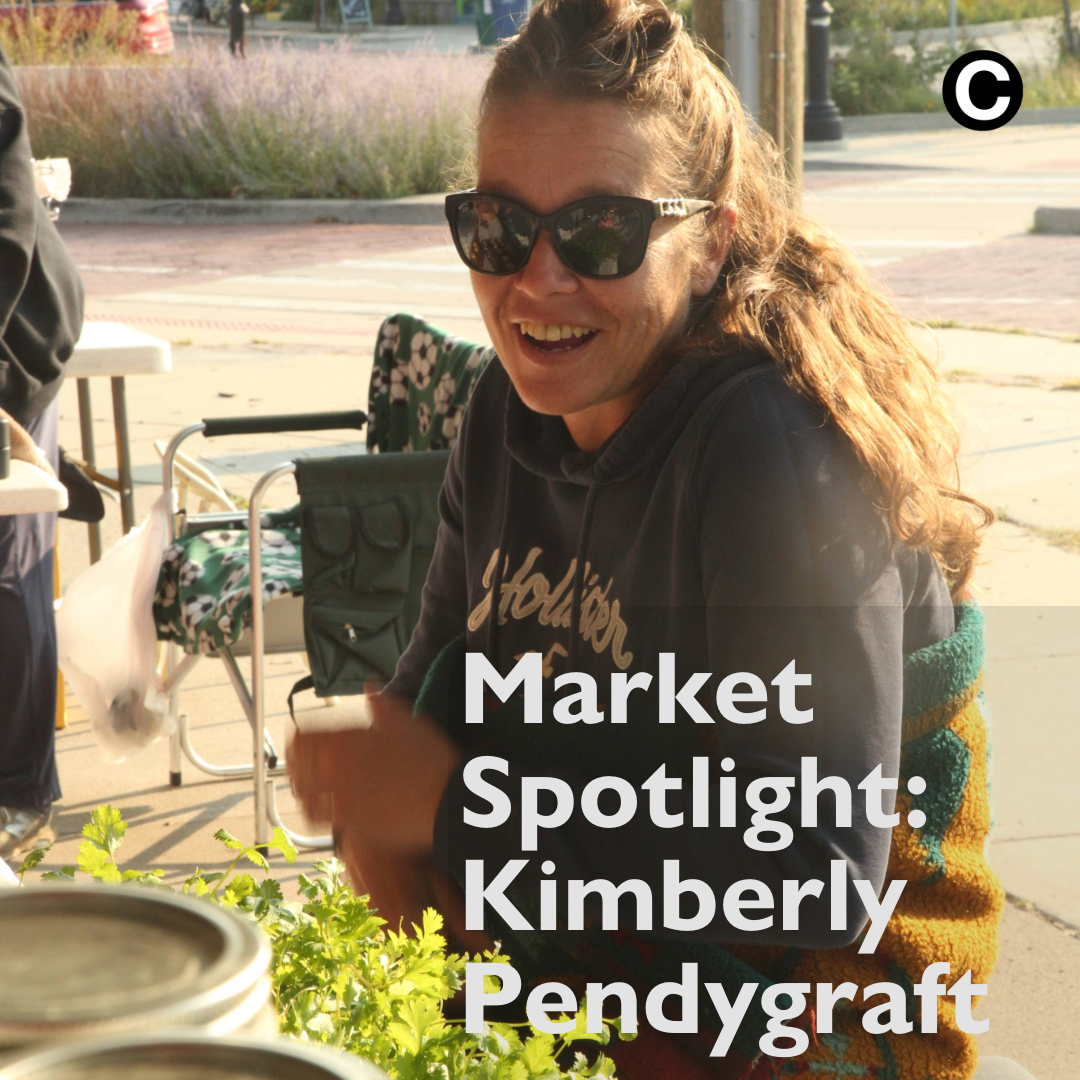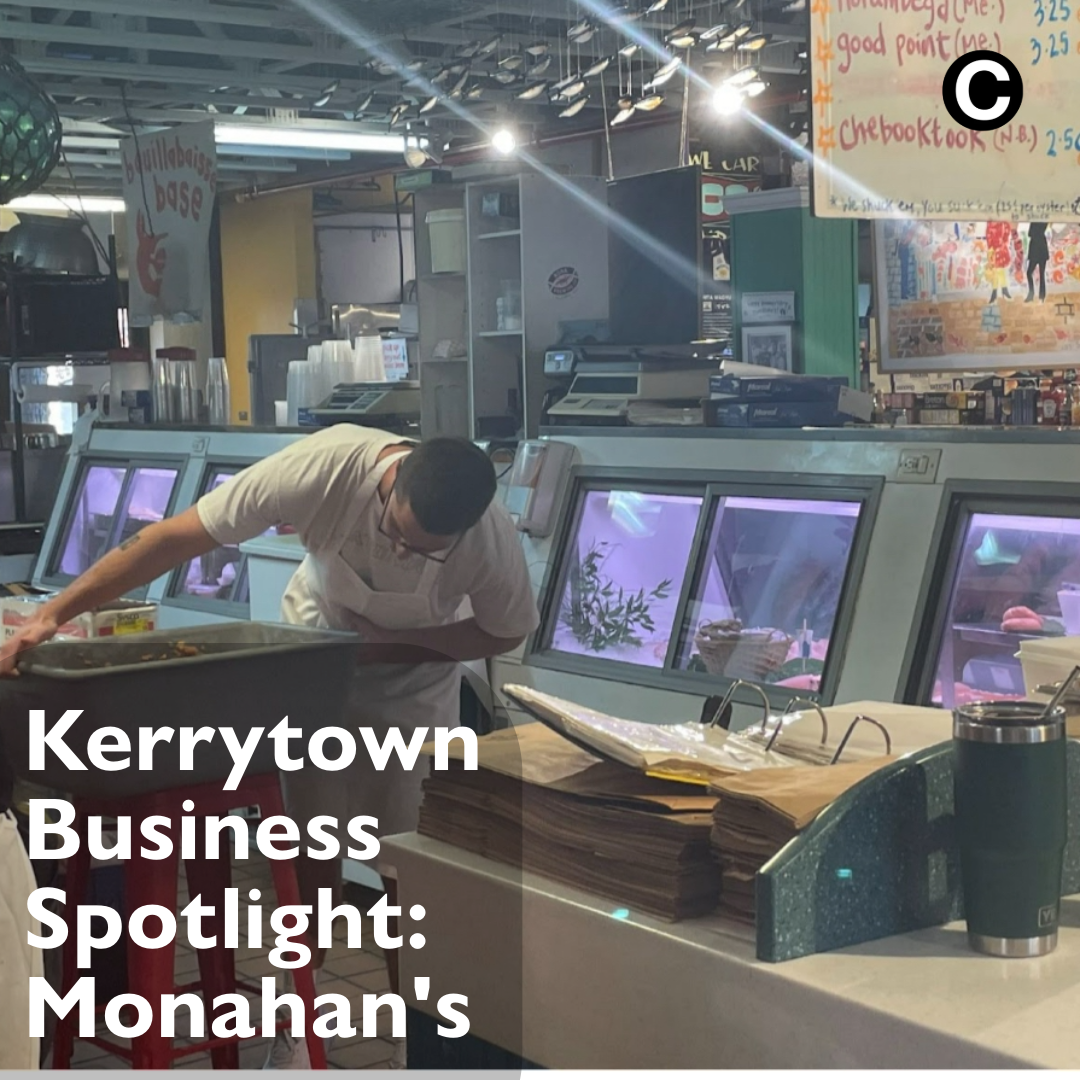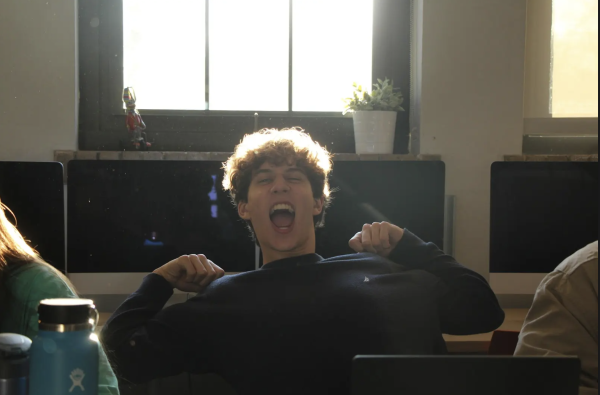On the third floor, artworks from South America are displayed. They’re artworks from the Shipibo Tribe, located along the Amazon River. CHS science teacher Rebecca Buell put them up.
“The Shipibo believe that each plant in the forest has a spirit and that each one of these forest spirits has a unique design that’s associated with it,” Buell said. “So they started to embroider the designs into textiles.”
Since 2015, Beull has spent months doing research with the Shipibo Tribe studying ethnobotany. She wanted to bring a piece of their journey back to CHS and practice reciprocity — an exchange that benefits both sides, along with having a deeper understanding of one another.
“It’s an opportunity to connect and learn about reciprocity in particular,” Beull said. “It’s not a big part of our culture [in the U.S.] and there’s so much we can learn about coming into a deeper level of understanding and respect.”
The artworks are displayed near room 315. The designs vary, from intricate patterns to local animals to the Shipibo people.



